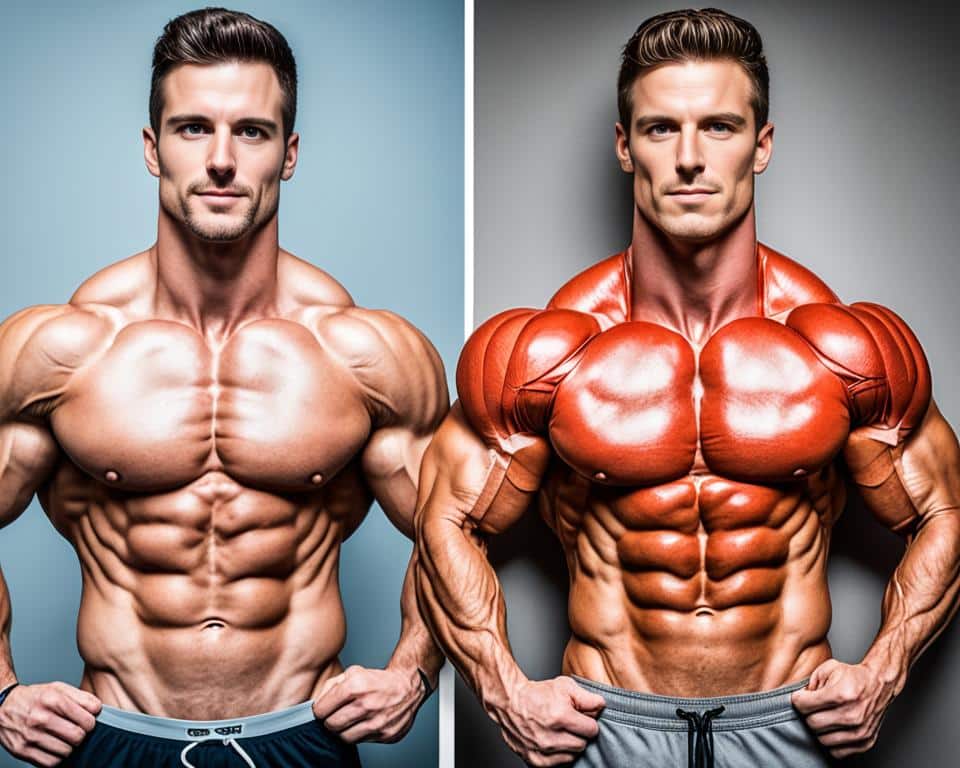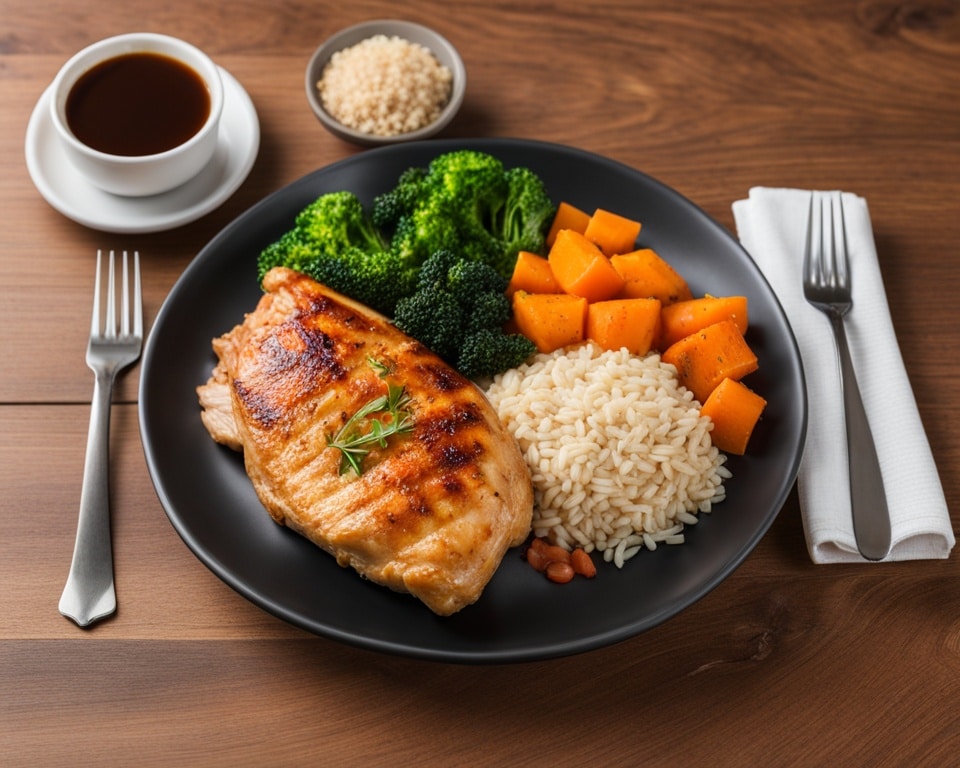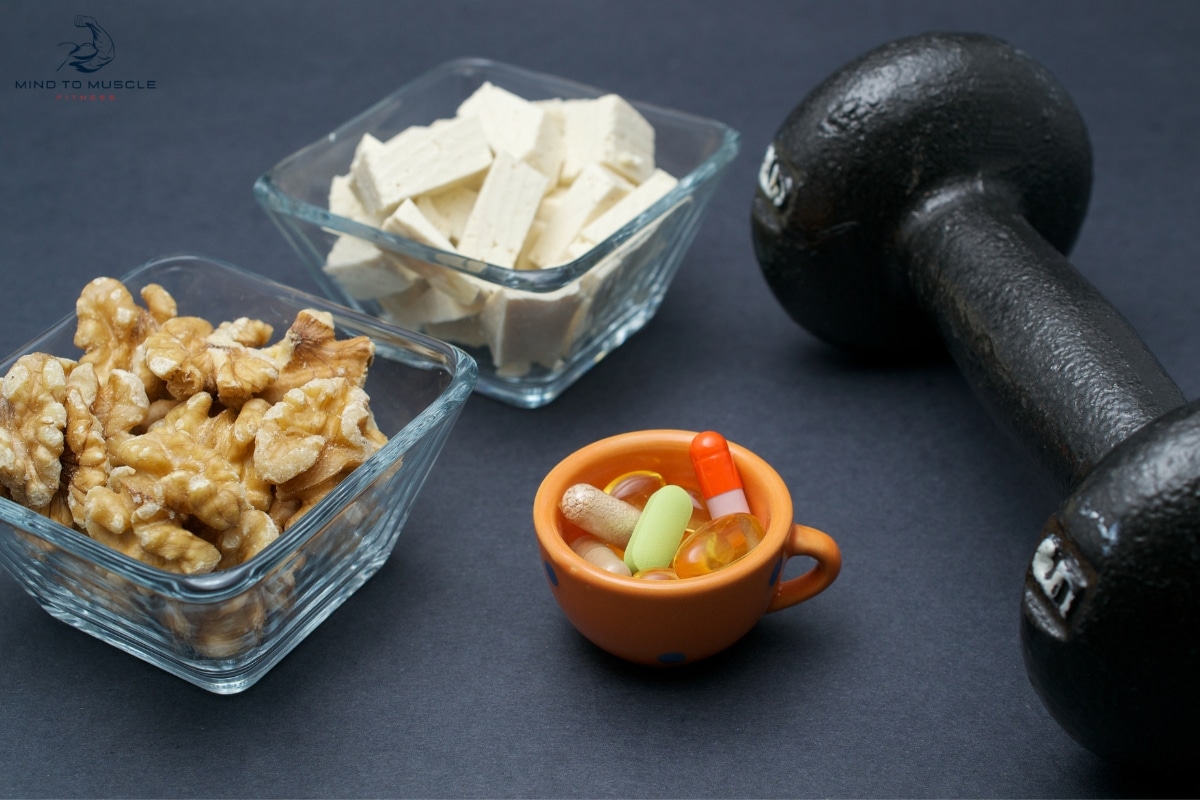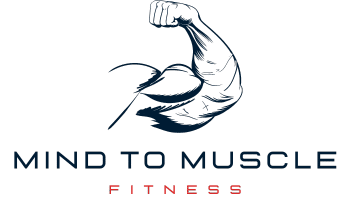
Bulk and Cut Mastery: Your Lean Muscle Blueprint
Did you know adults lose around 1% of muscle mass each year after turning 30? This is why an effective strategy for bulking and cutting is crucial for body transformation. I’m ready to help you on this fitness journey. We’ll explore how eating more calories and the right nutrients can lead to muscle gain and a leaner body.
Women might gain 20-30 pounds of muscle in their lifetime, and men could gain 40 pounds. But it takes more than just weight lifting. It’s about changing how you live. Being flexible with your food choices is important. It helps you keep a calorie surplus for bulking while eating what you like.
I’m here to guide you in planning your diet and tweaking your workouts. This way, your hard work in the gym shows lasting results. Let’s work together to make your ideal body come true.
Key Takeaways
- Detailed insights into bulking and cutting, critical for a successful body transformation.
- Proven nutrition and training techniques for substantial muscle gain.
- Strategies for maintaining motivation and tracking progress during the bulking phase.
- Guidance on balancing calorie intake, macronutrient ratios, and meal timing for optimized muscle growth.
- Training tips focusing on progressive overload and compound lifts to maximize muscle development.
- Adaptable diet plans that align with personal goals and dietary habits for sustainable fitness success.
Understanding Bulking and Cutting in Bodybuilding
Bulking and cutting are key to gaining muscle and losing fat in bodybuilding. Bulking focuses on building muscle through diet and lifting weights. Cutting, on the other hand, is about losing fat but keeping the muscle you’ve built. Success in bodybuilding comes from mastering these two phases.
Demystifying the Bulking Phase
The bulking phase usually lasts 4 to 6 months and requires eating more calories from good foods. You figure out how many calories to eat by calculating your Daily Energy Expenditure (DEE) and then adding up to 15% for your activities. These extra calories help you power through tough workouts to build muscle.
The Strategic Approach to Cutting
When it’s time to cut, the plan changes for the next 3 to 4 months. The goal is to eat fewer calories to lose fat but still keep the muscle. Cutting is a careful balance to make sure you’re losing fat but not muscle strength. It’s not just about losing weight but also about getting more defined muscles.
How to Transition Between Bulking and Cutting
Switching from bulking to cutting takes careful planning. You’ll adjust your diet and how intense your workouts are based on changes in your body. It’s a purposeful change to ensure you lose fat but keep muscle for a sculpted look.
| Nutrition Element | Bulking Phase | Cutting Phase |
|---|---|---|
| Caloric Intake | Surplus (DEE x 10-14 + 15%) | Deficit (Reduced Surplus) |
| Protein Intake | 1-2 grams per pound | Preserved or Increased |
| Fat Intake | 0.5 grams per pound | Adjusted as necessary |
| Carbohydrate Intake | 1 gram per pound | Lowered to prioritize fat loss |
| Training Frequency | 5-6 times per week | Maintained or Modified |
| Rest Between Sets | 1-2 minutes | 30-60 seconds |
Creating Your Personalized Bulking Diet Plan
To build muscle efficiently, start by creating a caloric surplus. This means you eat more calories than you burn. How do we do this? By planning your meals carefully. First, figure out how much energy you use daily. Then, add 250 to 500 calories to that number. This approach helps you gain muscle without putting on too much fat.
My advice for you isn’t just about adding calories randomly. It’s about choosing the right mix of proteins, carbs, and fats. This mix should fit your body’s needs and energy use. The common rule is the “4-4-9 Rule,” where proteins and carbs have 4 calories per gram, and fats have 9. This plan makes sure you’re getting the right fuel for muscle growth.

Don’t overlook the importance of resistance training in your plan. Muscle building combines diet and exercise. High intensity workouts are key to using the extra calories. Below, there’s a table that shows how much of each nutrient you should get. It shows how carefully you need to manage your diet to see real gains.
| Week | Weight Gain (%) | Protein (grams per pound) | Caloric Surplus (%) |
|---|---|---|---|
| 1-4 | 0.25-0.50 | 0.7-1.0 | 10-20 |
| 5-8 | 0.25-0.50 | 0.7-1.0 | 10-20 |
| 9-12 | 0.25-0.50 | 0.7-1.0 | 10-20 |
The success of a bulking phase isn’t just about calories. It’s also about the quality of the food you eat. Choose lean proteins, healthy fats, and good carbs. I might suggest the Mediterranean diet or a high-protein plan. The goal is to match your diet with your goals and way of life. This way, your bulking plan is truly made for you.
Optimizing Your Nutrition for Lean Muscle Growth
Starting a bulking phase is a key part of building muscle. To get good results, it’s important to focus on what you eat. This includes choosing the right types of food, their amounts, and eating at the right times with your exercise schedule.
Macronutrient Ratios for Bulking Success
Research shows protein is key for muscle growth. Studies suggest bodybuilders need about 2.2g of protein per kilogram of body weight. That’s around 155g for a 70kg person.
But, it’s not just about protein. Carbs and fats are also important for energy and performance. Eating a balanced diet helps keep energy high for tough workouts.
Choosing Quality Foods to Fuel Your Body
“You are what you eat” really matters in bodybuilding. High-quality proteins, complex carbs, and healthy fats are all important. They help muscle growth and keep you healthy.
Different protein levels work for female athletes too. Quality food leads to a strong body, whether your diet plan is complex or simple.
Meal Timing and Frequency for Optimized Gains
Eating right is about what and when you eat. Timing meals can help your body use nutrients better, aiding muscle recovery and growth. Eating around workouts is great for muscle building and energy.
Having smaller meals more often can be very helpful. It keeps energy up and helps repair muscles after training. The goal is to eat well to support muscle growth and have energy all day.
Effective Training Techniques for Muscle Gain
The idea of progressive overload is key in a workout program for building muscle. By slowly increasing weights or reps, your muscles are pushed to grow. I focus on compound lifts like squats and deadlifts which work many muscles at once. These exercises are great for building strength and size.
A personalized workout plan is very important. It should match your schedule and what you like to do. This way, you’re more likely to stick with it. Whether you prefer full-body workouts or split routines, staying consistent is crucial.
Growing muscle requires hard work and planned recovery. A study involving 19 people showed significant strength gains from regular training. The results from this research prove disciplined workouts are effective. Here’s a quick look at the data: Participants in the study followed a structured regimen that emphasized both resistance training and adequate rest periods. The findings highlight that combining consistent workouts with proper recovery time can effectively help individuals build muscle and reset weight. This underscores the importance of balancing effort with rest to achieve sustainable strength and fitness goals.
| Group | Lean Mass Increase | Chest Press Improvement | Hack Squat Improvement |
|---|---|---|---|
| High Frequency Training (HFT) | 1.06 kg (1.9%) | 11% (9.07 kg) | 21% (20.16 kg) |
| Low Frequency Training (LFT) | 0.99 kg (2.0%) | 7% (5.80 kg) | 24% (21.83 kg) |
The data shows how both high and low frequency training improve muscle and strength. The interesting part is that both methods are similarly effective. This means you can choose what fits best with your lifestyle and goals.
Maintaining Muscle Mass During the Cutting Phase
When starting the cutting phase, we focus on eating fewer calories to lose fat but keeping muscle safe. For bodybuilders, this phase lasts 2–4 months and is key for showing off muscles without losing what they worked for. It’s about eating less but also keeping muscles and heart healthy. We find the right balance for success.

Critical Training Adjustments for Fat Loss
We need to change your workouts to burn more fat. This can mean doing more high-intensity workouts or changing how much and how hard you work out. We make these changes to help you get leaner while keeping the muscle you built. Changing your workout plan is key to losing fat without losing muscle strength.
Preserving Lean Muscle with Proper Nutrition
Eating right is key. Eating 2.3–3.1 grams of protein per kilogram of your lean body weight is suggested. We keep your protein high, with 3-6 meals a day, to protect your muscles. Obesity is not just about looks; it’s a health risk too. Making sure fats are 15–30% and carbs are 55–60% of your diet helps keep muscle while staying healthy.
Aerobic vs Anaerobic Exercise in Cutting
Aerobic and anaerobic exercises are both important when cutting. We mix these workouts to get the best body composition results. Aerobic exercises improve heart health, while anaerobic exercises help keep and build muscle strength. By following sports nutrition advice and checking your progress, we’ll help you reach a body that looks good and is strong.
FAQ
What are the fundamentals of bulking and cutting?
Bulking involves gaining muscle by eating more calories than you burn. Cutting is about losing fat while keeping muscle, by eating fewer calories than you burn. These methods are key for changing your body’s shape during your fitness journey.
How does one effectively begin a bulking phase?
To begin bulking, first figure out how many calories you need to maintain your weight. Then, add 250-500 calories more each day. Make sure these calories are balanced with proteins, carbs, and fats to help build muscle.
What types of foods should I focus on during my bulking phase?
Eat foods high in nutrients like lean proteins, complex carbs, and healthy fats. This balance is important for powering your workouts and growing your muscles.
Can you explain the concept of progressive overload and how it contributes to muscle gain?
Progressive overload means slowly increasing your training load. It could be lifting more weight, doing more reps, or increasing the intensity. This method makes your muscles stronger and bigger.
What dietary changes should be made during the cutting phase?
During cutting, eat fewer calories but still get plenty of protein. This strategy helps keep the muscle you’ve built while you lose fat.
How do I transition between bulking and cutting?
Change from a calorie surplus to a deficit slowly, over a few weeks. This gradual change helps keep the muscle you’ve gained while you start to lose fat.
What’s the difference between aerobic and anaerobic exercise, and how does it affect cutting?
Aerobic exercises like running help your heart and burn calories over time. Anaerobic exercises, like lifting weights, build muscle with short, intense activities. Using both helps you lose fat and keep muscle during the cutting phase.
Should I adjust my workout program during the cutting phase?
Yes. When cutting, do more fat-burning exercises but keep lifting to preserve muscle. Consider adding HIIT and change up your weightlifting to burn fat while keeping muscle.
How important is meal timing and frequency for muscle gains?
Eating regularly can help you keep energy up and muscles growing. Some like small meals often for constant energy, while others prefer fewer, bigger meals. Find what works for you.
What is ‘newbie gains’ and how does it affect my bulking and cutting?
‘Newbie gains’ is the fast improvement beginners see in muscle and strength. At first, you might gain muscle and lose fat at the same time. Later, you may need to focus on either bulking or cutting to keep improving.



